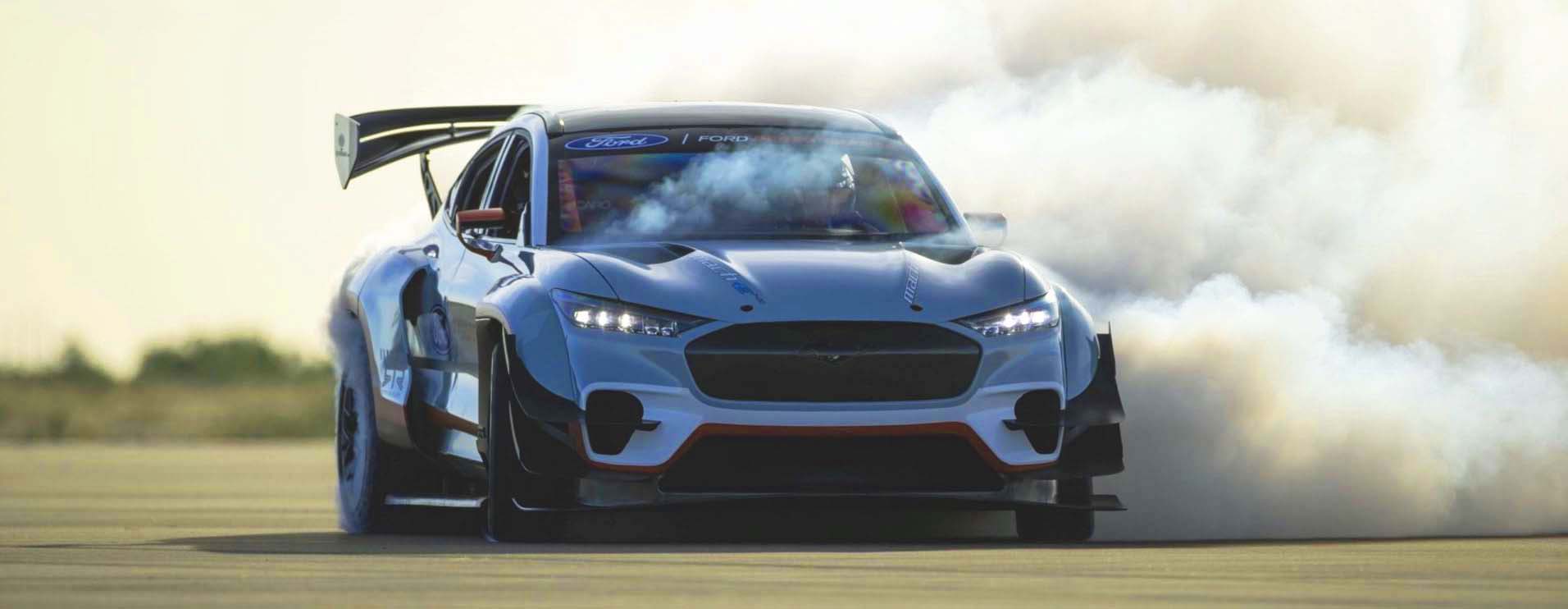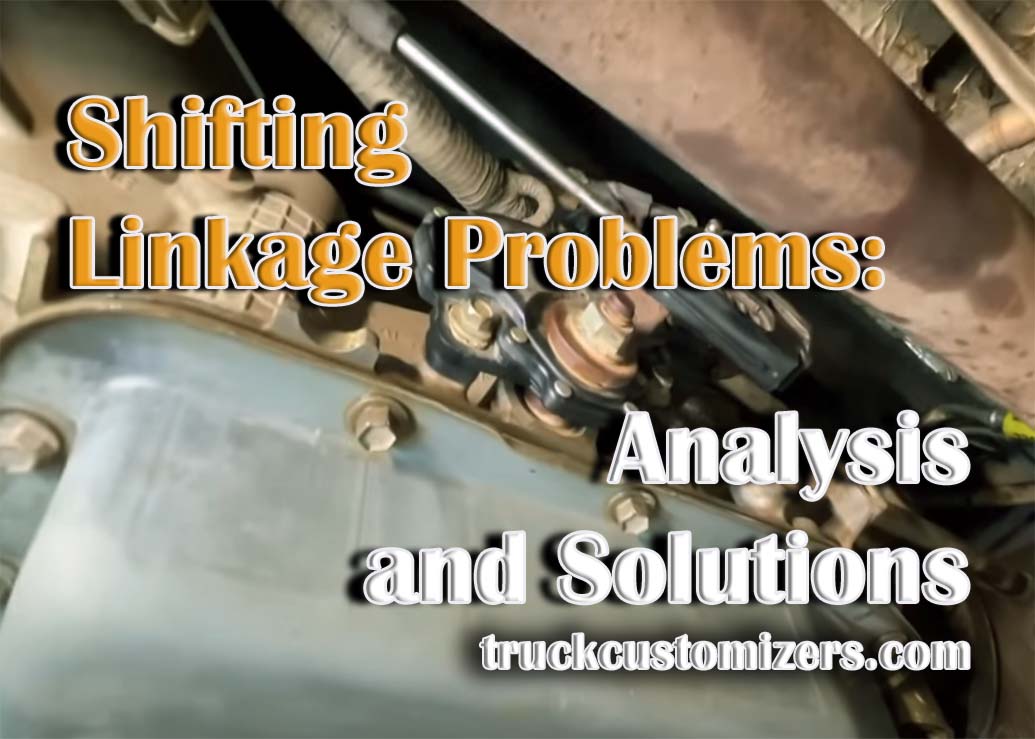Drifting is a popular motorsports activity where drivers intentionally break the laws of physics by oversteering and sliding their car around a corner. It has become increasingly popular in recent years and can be seen in many forms of motorsport, from professional drifting to amateur drifting competitions. As appealing as this activity may sound, it also poses some risks to your car that should be considered before taking part.
The Risks of Drifting on Your Car
The most obvious risk of drifting is mechanical damage due to the high levels of stress placed on the car’s components when cornering at extreme angles or speeds. Drifting requires a lot of power and torque that can strain the engine, transmission, suspension, brakes, and tires beyond their normal limits. These components will often suffer wear and tear much faster than they would with normal driving conditions – especially if they are pushed past their design parameters. This could lead to costly repairs or even dangerous mechanical failure while on track.

Furthermore, drifting can also have an adverse effect on fuel efficiency due to increased acceleration and hard braking associated with this type of driving style. The increased sliding friction generated by excessive tire smoke can also put undue strain on the vehicle’s drivetrain which may cause additional wear and tear that could ultimately lead to more frequent maintenance requirements and higher fuel consumption.
Finally, drifting can also be hazardous to other drivers on the track due to the unpredictable nature of this style of driving. Drifting often requires drivers to adjust their trajectory mid-corner, which can result in sudden changes that other drivers may not anticipate or be able to react to in time. This can lead to dangerous collisions and accidents on the track which can cause serious injury or death. Also get to know about shifting linkage problems in easy-to-understand terms. Understand why they happen, how to spot them, and ways to fix them. Learn how to avoid these issues for a smoother ride.
Safety Precautions When Drifting
Given all these risks, it is essential that any driver considering drifting take precautionary steps before attempting it. It is important to ensure that all safety measures are in place and that the car being used is equipped with proper safety equipment such as roll cages, harnesses, fire extinguishers and more that will help ensure everyone’s safety while drifting. Additionally, those considering drifting should always perform a thorough inspection of their car before each track session and try practicing their skills on a private course or at an event with experienced instructors who can provide guidance and discuss necessary safety precautions when taking part in this exciting activity.
Conclusion
In conclusion, although drifting has become increasingly popular over the years, it still poses some risks for both your car and fellow drivers if done incorrectly or without proper preparation. While there are no guarantees when it comes to motorsport, following the right safety precautions and having an experienced instructor present can help minimize the risks of drifting and make it a safe and enjoyable experience.



